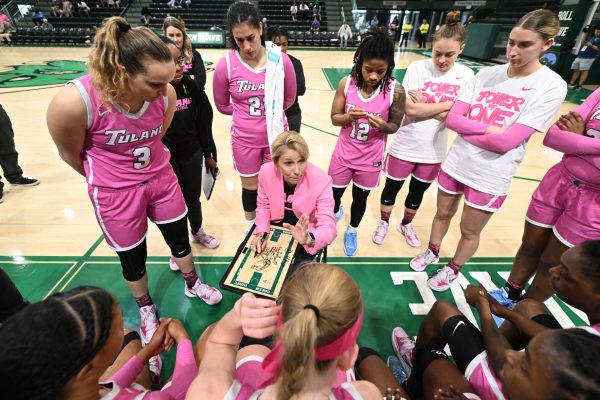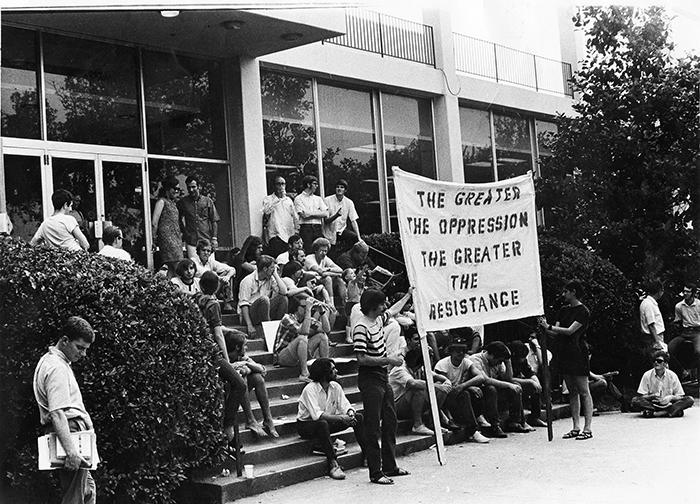It’s high time for another anti-war movement, so where are the college campuses?
January 15, 2020
On May 5, 1970, Tulane students marched en masse on the flagpole in front of Newcomb Hall, with the protest occasionally erupting into violence. It was the day after the Kent State Massacre, and student films shot that day relay many dramatic acts of protest, both peaceful and violent, that took place that day. Effigies of Richard Nixon were raised and burned among the crowd, dozens of symbolic graves were dug in the grass, and ROTC barracks were the target of arson via Molotov cocktail. Campuses across the nation mirrored Tulane’s. The anti-war movement was in full swing, and college students were the face of it.
Despite criticisms of violence, the anti-war student protests were some of the most successful in modern history. They played no small part in ending the Vietnam War, as well as being a major force behind lowering the national voting age to 18 through the 26th Amendment.
With the threat of war with Iran bearing down on the country, a national campus anti-war movement is nowhere to be found, despite pressing necessity. So where did it go? Can it ever be brought back?
College students are in a unique position to protest America’s wars. They are often wealthier and less time-constrained than their peers who do not attend college. They are also surrounded by other college students, many of whom are like-minded, making the organizing process much easier. Of course, there is one major difference between the college students who protested the Vietnam War and those who might protest today: modern college students don’t run the risk of being drafted.
Despite being popular across party lines, the removal of the draft was a calculated idea on Nixon’s part to quell protests. He believed that if middle-class youth did not fear being sent to war themselves, they would be less concerned with the havoc wrought on others. For the most part, he’s been right. Since the draft law expired in 1973, the anti-war movement has never reached its former heights, despite the slaughterous trail American imperialism has since left behind in its wake.
It is unlikely, but not impossible, that the draft could be reinstated. Congress has reopened an investigation into whether mandatory military service would be beneficial for the country, with the results of a report to be published in 2020. However, the draft remains wildly unpopular with the American public. Assuming that military service remains voluntary, it seems unlikely that the same fervor that drove the Vietnam War protests can be inspired by personal fear.
At its heart, this question comes down to whether college students can care enough to come together about an issue that likely won’t affect them. Despite what the constant stream of social media jokes about World War III would have you believe, the only people who will be forced into this war will be those in Iran and other parts of the Middle East. Iranian civilians will be bombed and murdered, just as Cambodian and Vietnamese civilians were half a century ago. If the U.S. incites a war with Iran, it will undoubtedly be a bloodbath, but one that students won’t have to witness should they choose to turn a blind eye.
College students are equipped to lead the charge against war, as proven evident throughout modern history. Today, they aren’t at risk of being sent into the thicket, but real people across the world will be thrust into bloodshed, draft or not. It is vital that students stand against the war, or American imperialism will be given leeway again and again.























john • Mar 2, 2020 at 3:31 pm
worrying about their student loans and why they smartphones are already (3 months) old… poes!